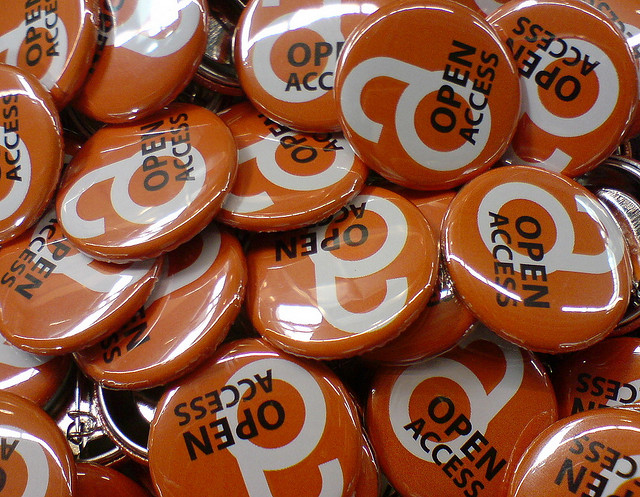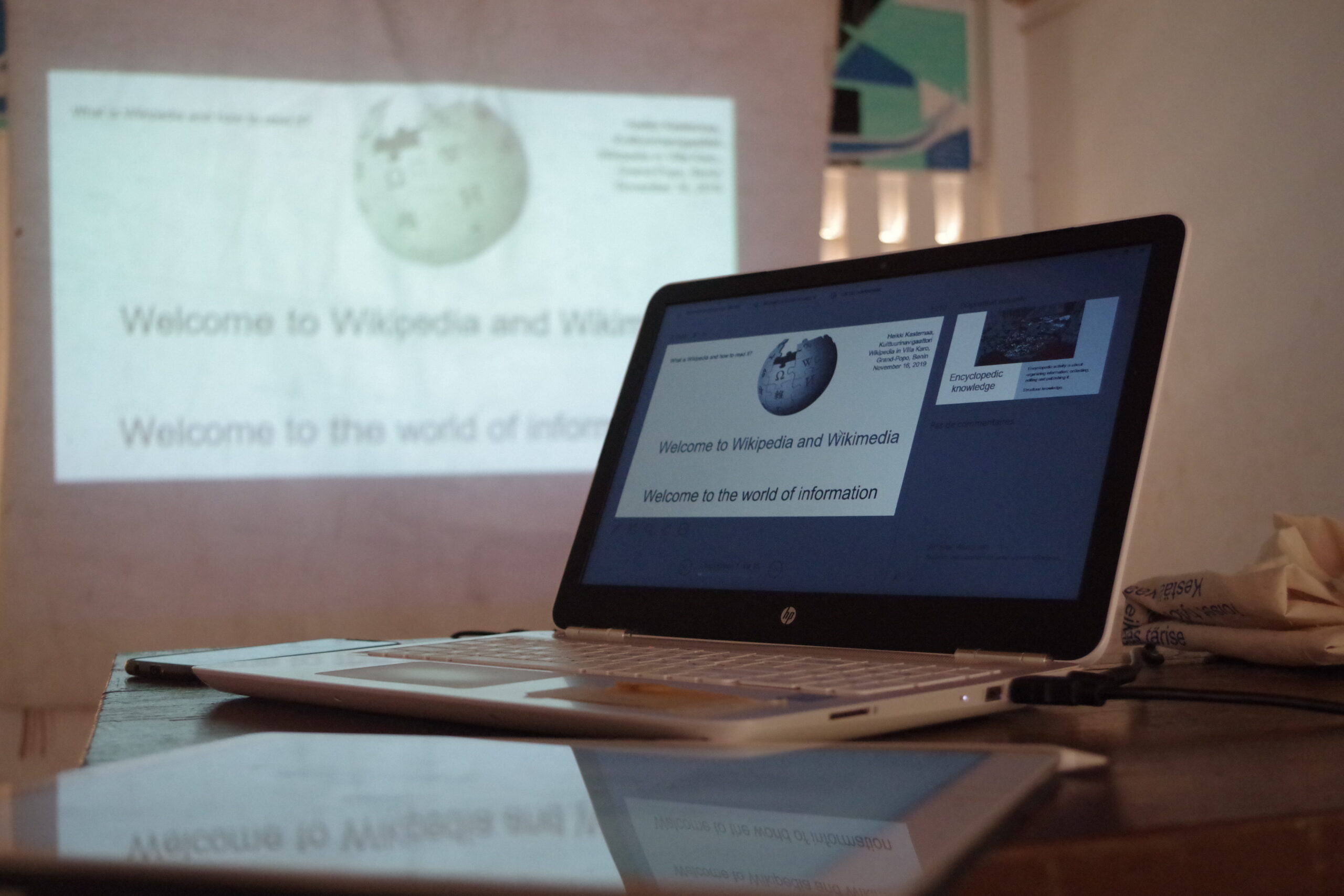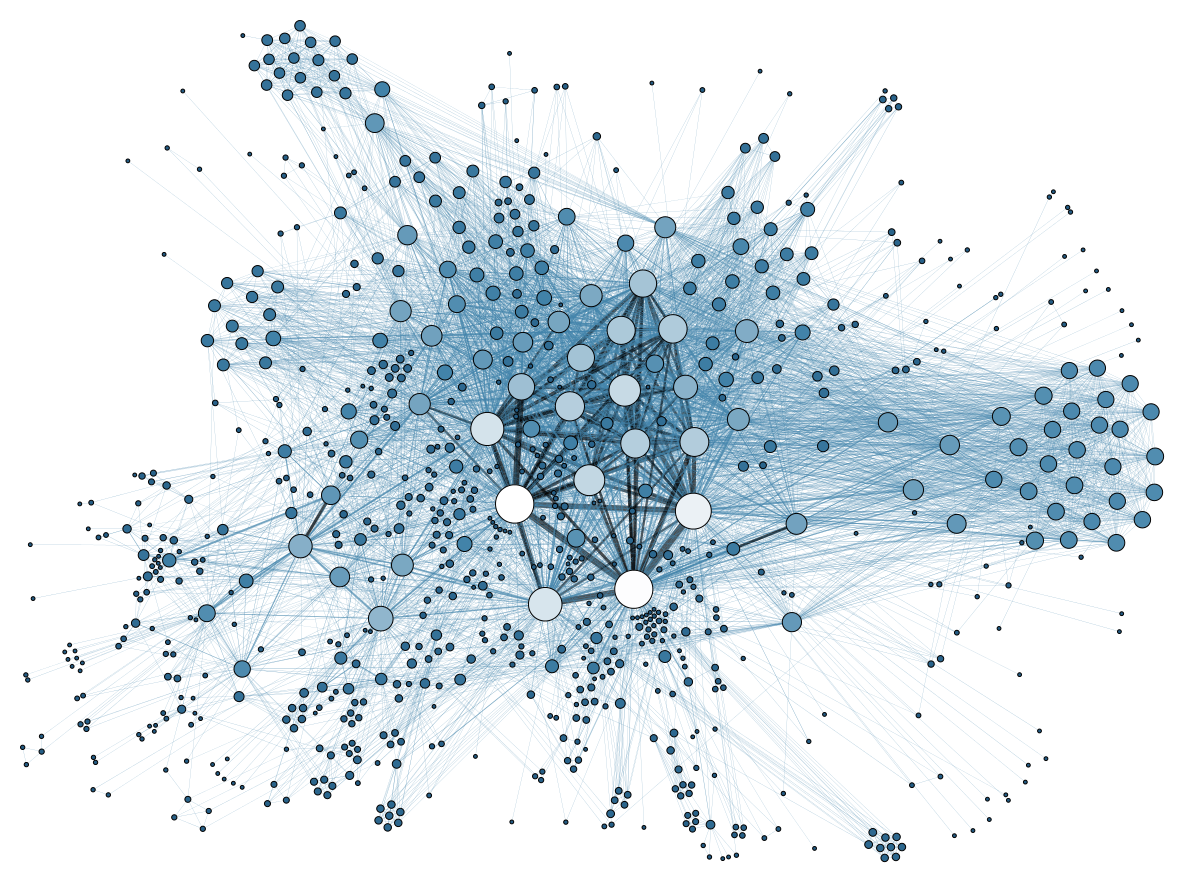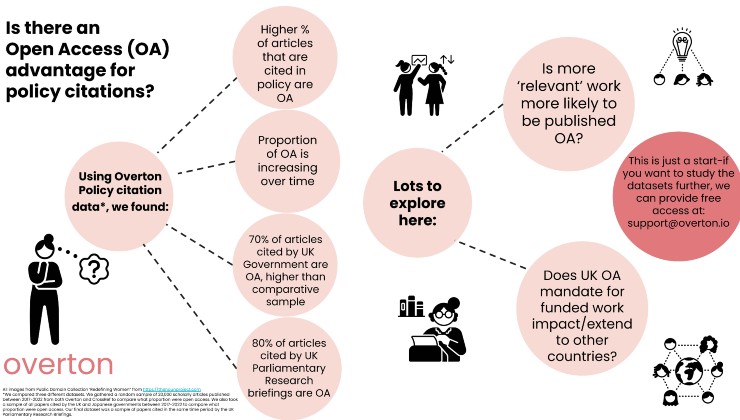Feds Make First Move to Enact Open Access Mandate
<hr
Last year the Obama administration’s Office of Science and Technology Policy told the rest of the executive branch that going forward scientific research paid for with taxpayer dollars had to be available to public for free. There were caveats and conditions and embargo periods, of course, especially as academic publishers worked to understand and influence application of a rule that directly affected their bottom line.
Meanwhile, those federal agencies have been working to comply with the directive, and today the Department of Energy announced its public access plan, dubbed PAGES (for Public Access Gateway for Energy and Science). PAGES is a collection of metadata and links to PDFs of DOE-funded “accepted peer-reviewed manuscripts or published scientific journal articles” appearing within 12 months of those articles’ publication.
“These new policies set the stage for increased innovation, commercial opportunities, and accelerated scientific breakthroughs,” the department quoted Ernest Moniz, the secretary of energy.
The U.S. is following in the footsteps of several other nations in freeing up its publicly funded research. Since the release of a 2012 report on open access, Britain’s Research Councils UK has been pioneering government-mandated open access, although that effort has been weighted both toward the physical sciences and toward so-called ‘gold’ open access. In gold OA, research is immediately open to the public after publication — and the author or someone backing the author pays the publishing costs. In the DOE’s program, the open access is ‘green,’ meaning there is an embargo period. Some argue that because of the nature of social science research, the lock-up period for it should be longer than the period applied to physical and medical sciences.
While this is the first agency response since the Office of Science and Technology Policy directive, this is not the first U.S. government open access program in operation. The National Institutes of Health have had a similar – and congressionally mandated — program in place for its articles published since 2008. But PubMed Central is itself a repository of the article, so in addition to metadata like author and title, the link goes to article on the PubMed site, and not—as in the PAGES—to the journal publisher’s site. (If a publisher won’t share the full text after 12 months, however, PAGES will host the PDF itself.) Publishers prefer that the traffic, even if it’s traffic to a free article, go to their website; the DOE prefers that, too, since publishers have an interest in presenting the latest and best versions of their journals’ articles.
DOE is working with a publishers group known as CHORUS, the Clearinghouse for the Open Research of the United State, in setting up its open-access system. CHORUS is one of two main contenders offered from outside the federal government to comply with the open access mandate. The other, SHared Access Research Ecosystem, or SHARE, is backed by a group of university and library associations. SAGE, the parent of Social Science Space, is a signatory to CHORUS.
Of more interest to social scientists, the National Science Foundation’s open access program is expected to resemble the Department of Energy initiative. Writing at Scholarly Kitchen, David Wojick, for one, has suggested that PAGES could be a model for all 21 agencies striving to meet the directive, rather than there being 21 idiosyncratic variations. “This would solve the monster problem of multiple agency public access systems [Wojick] flagged when the OSTP memo first came out.:
PAGES so far has several thousand papers archived, and it’s expected that 20,000 to 30,000 new papers could be archived every year going forward. The new requirements on managing articles won’t start appearing in funding proposals until October, according to DOE. In addition, “All proposals for research funding submitted to the [DOE’s] Office of Science will be required to include a Data Management Plan that describes whether and how the digital research data generated in the course of the proposed research will be shared and preserved.
Calling the PAGES program a “mixed” bag, the library-based Scholarly Publishing and Academic Resources Coalition argues that DOE’s effort ultimately falls short of what the open access community would like to see. “Most critically, the DOE plan does not adequately address the reuse rights that are necessary for the public to do more than simply access and read individual articles. Without clearly articulating these reuse rights, the public’s ability to download, analyze, text mine, data mine, and perform computational analysis on these articles is severely limited, and a crucial principle of the White House Directive cannot be fully realized.”
































































































DOE: The Importance of Requiring Institutional Repository Deposit Immediately Upon Acceptance for Publication A peer-reviewed journal article is either accessible to all its potential users or it is not accessible to all its potential users — only to those at subscribing institutions. Open Access (OA) is intended to make articles accessible (online) to all their potential users, not just to subscribers. OA comes in two forms: Gratis OA means an article is accessible to all its potential users. Libre OA means an article is accessible to all its potential users and all users have certain re-use rights, such as text-mining… Read more »